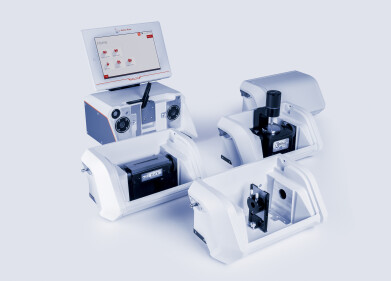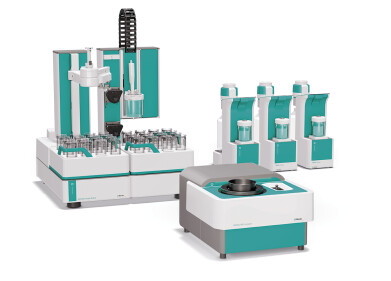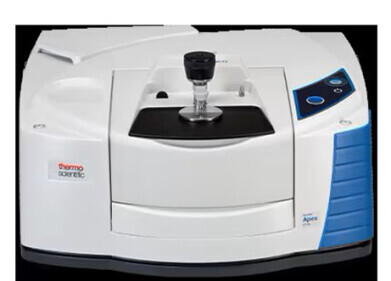Infrared / IR
How is Near-Infrared (NIR) Spectroscopy Used?
Dec 06 2022
When it comes to optical imaging techniques, Near-Infrared (NIR) Spectroscopy offers incredible precision. The vibrational spectroscopy technique measures light in the near-infrared region of the electromagnetic spectrum, which spans from around 780 nm to 2500 nm. Below, we take a closer look at some of the most important applications for NIR Spectroscopy:
Medical diagnostics
Detecting early-stage Alzheimer’s is one of the most exciting new applications for NIR Spectroscopy. A team of researchers from the University of Texas Arlington (UTA) have developed a new technology that uses NIR data to detect biomarkers of the neurologic disorder. With more than 50 million people around the world suffering from Alzheimer’s, the study could be lifechanging.
“The proposed development enables us to identify digital neurophysiological biomarkers,” says bioengineering professor Hanli Liu, who worked on the study. “After we cross-validate them, they can be used for accurate detection of Alzheimer’s in each patient as well as for screening for the early phase of AD.”
Hydrocarbon analysis
From standard petroleum to jet fuel, NIR Spectroscopy is a quick and easy way to analyse hydrocarbons. It’s a widely used quality control tool and helps refiners meet the strict regulations enforced within the industry.
Food and agriculture
From tea and coffee to meat, eggs and dairy products, NIR Spectroscopy is used to analyse food, beverages and agricultural products. As a non-destructive optical imaging technique, it’s a useful way to map the composition of products without causing damage.
In an article published in the journal Scientific Reports, the authors spotlight the use of NIR Spectroscopy for the quantitative analysis of milk tablets, a popular dairy supplement in many Asian countries. They used the vibrational spectroscopy technique to identify sugars, which can affect the nutritional value of milk tablets. NIR Spectroscopy offers multiple advantages over other spectroscopic methods, including the ability to analyse a large volume of samples quickly and efficiently, with no destruction and minimal sample preparation.
Astronomy
Advances in NIR Spectroscopy have seen the optical imaging technique take to the skies. Astronomers use the method to study the atmospheres of cool stars with thermodynamic temperatures of between 3000 and 9000 K. Molecules such as titanium oxide, carbon monoxide and cyanide can form in these cooler environments. Astronomers use NIR Spectroscopy to detect the unique signatures of these molecules and determine the spectral type of the star.
At the University of California, a team of astronomers used NIR Spectroscopy to observe a rare supernova called SN 2022ann. Team leader Kyle Davis says the “observations of SN 2022ann provide unique insight into the origins of the rarest SN explosions, and undiscovered endpoints of stellar evolution.”
Want to know more about the role of spectroscopy in markets like pharmaceuticals and materials science? Don’t miss ‘Molecular Spectroscopy Trends and Advances: A Market Perspective’.
Digital Edition
ILM 49.5 July
July 2024
Chromatography Articles - Understanding PFAS: Analysis and Implications Mass Spectrometry & Spectroscopy Articles - MS detection of Alzheimer’s blood-based biomarkers LIMS - Essent...
View all digital editions
Events
Jul 28 2024 San Diego, CA USA
Jul 30 2024 Jakarta, Indonesia
Jul 31 2024 Chengdu, China
ACS National Meeting - Fall 2024
Aug 18 2024 Denver, CO, USA
Aug 25 2024 Copenhagen, Denmark





24_06.jpg)













